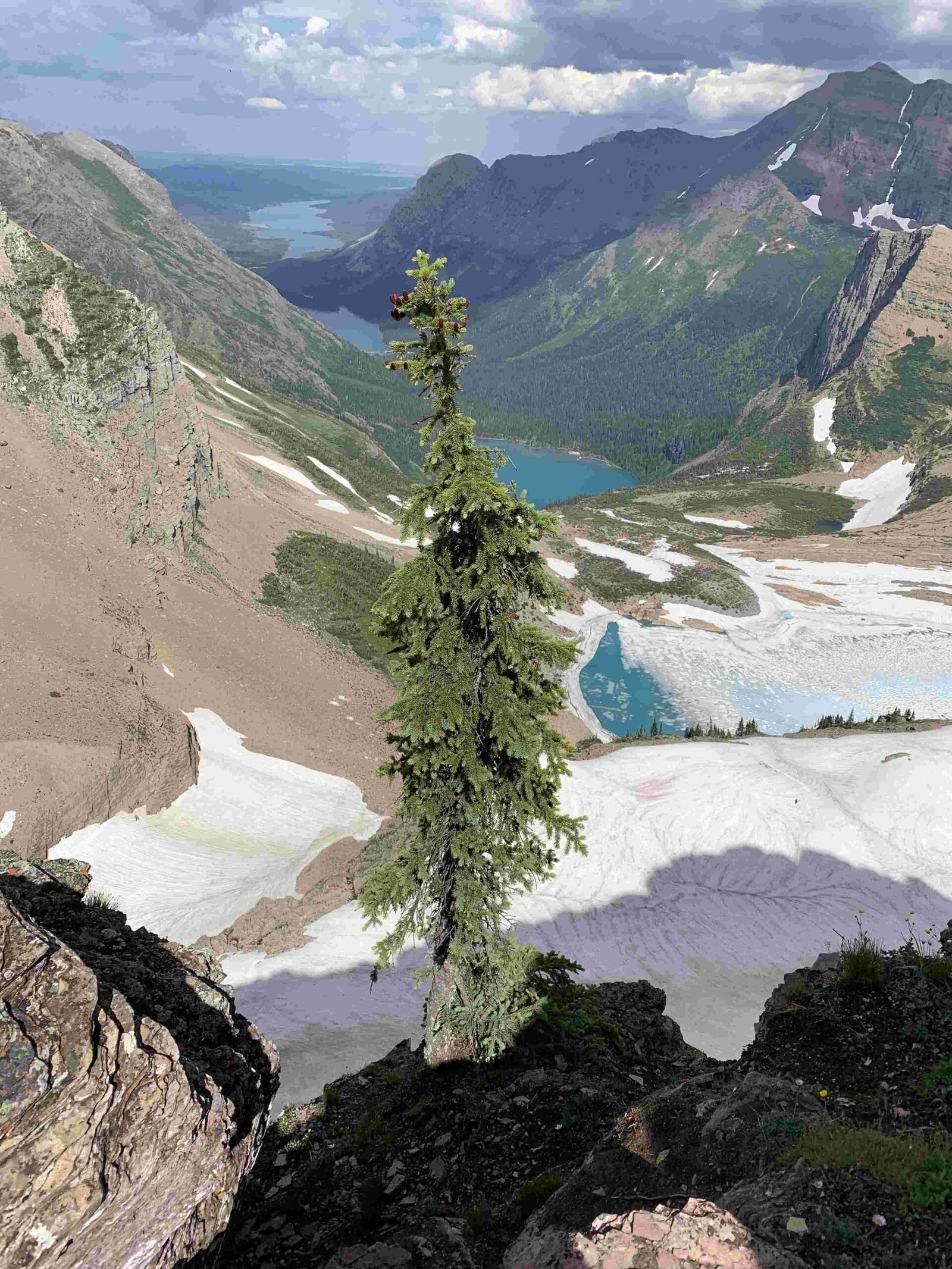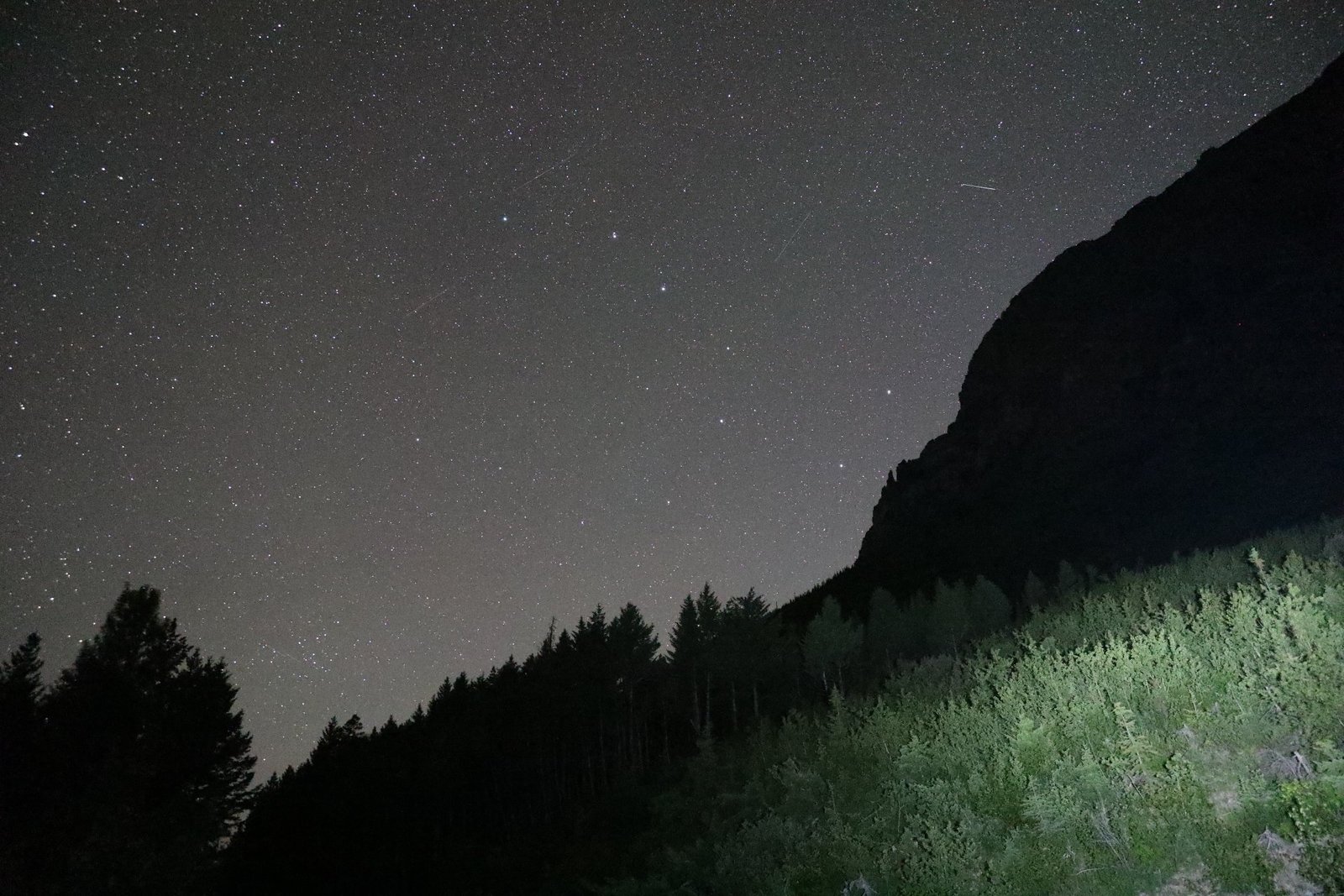Cinnamon bears in Glacier National Park are a color variation of black bears, not a separate species. These bears inhabit diverse ecosystems within the park, from lowland meadows to alpine areas. Visitors can spot cinnamon bears foraging for food, especially during spring and fall. The park offers various opportunities for wildlife viewing, hiking, and learning about bear safety. Understanding bear behavior and following park guidelines are crucial for a safe and enjoyable experience in Glacier National Park.
What Are Cinnamon Bears in Glacier National Park?

Cinnamon bears are not a distinct species but rather a color variation of the American black bear (Ursus americanus). In Glacier National Park, you may encounter black bears with various coat colors, including black, brown, and cinnamon. The cinnamon color is caused by a genetic variation that affects the production of melanin in the bear’s fur.
Key characteristics of cinnamon bears in Glacier National Park:
- Color: Reddish-brown to light brown fur
- Size: Similar to black bears, typically 4-7 feet in length and 200-600 pounds
- Diet: Omnivorous, feeding on plants, berries, insects, and occasionally small mammals
- Behavior: Generally shy and avoid human contact
Where Can You Find Cinnamon Bears in Glacier National Park?

Cinnamon bears can be found throughout Glacier National Park in various habitats. Here are some prime locations and habitats where you’re more likely to spot these bears:
- Forested areas: Dense coniferous and mixed forests
- Meadows: Open grassy areas, especially those with abundant wildflowers
- Berry patches: Areas with huckleberries, serviceberries, and other fruit-bearing plants
- Avalanche chutes: Slopes cleared by avalanches, which often have lush vegetation
- Subalpine zones: Higher elevation areas near the treeline
Popular trails for potential cinnamon bear sightings:
- Iceberg Lake Trail
- Grinnell Glacier Trail
- Highline Trail
- Avalanche Lake Trail
- Hidden Lake Overlook Trail
Remember that bear sightings are never guaranteed, and it’s essential to maintain a safe distance and follow park guidelines when encountering any wildlife.
When Is the Best Time to See Cinnamon Bears in Glacier National Park?
The best times to spot cinnamon bears in Glacier National Park depend on several factors, including seasonal patterns and daily activity cycles. Here’s a breakdown of optimal viewing times:
Seasonal Patterns
| Season | Bear Activity | Viewing Opportunities |
|---|---|---|
| Spring (May-June) | Bears emerge from hibernation and forage in lower elevations | Excellent, as bears are active and visible in valleys |
| Summer (July-August) | Bears move to higher elevations | Good, but may require hiking to subalpine areas |
| Fall (September-October) | Bears focus on fattening up for winter | Excellent, as bears are very active in preparation for hibernation |
| Winter (November-April) | Bears are in hibernation | Poor, as bears are rarely seen |
Daily Activity Cycles
- Early morning (dawn to mid-morning): High activity as bears forage for food
- Late afternoon to dusk: Increased activity as temperatures cool
- Midday: Lower activity, as bears often rest during the hottest parts of the day
For the best chances of seeing cinnamon bears, plan your visits during the spring or fall seasons and focus on early morning or late afternoon hikes in bear-friendly habitats.
How Can You Safely View Cinnamon Bears in Glacier National Park?
Safely viewing cinnamon bears in Glacier National Park requires following strict guidelines to protect both visitors and wildlife. Here are essential safety tips:
- Maintain a safe distance:
- Stay at least 100 yards (91 meters) away from bears
-
Use binoculars or telephoto lenses for close-up views
-
Travel in groups:
- Hike with at least three people
-
Make noise while hiking to alert bears of your presence
-
Carry bear spray:
- Keep bear spray easily accessible
-
Know how to use it properly
-
Be aware of your surroundings:
- Watch for signs of bear activity (tracks, scat, digging)
-
Avoid surprising bears by staying alert, especially in areas with limited visibility
-
Follow park regulations:
- Store food and scented items in bear-proof containers
-
Dispose of trash properly in designated receptacles
-
Attend a ranger-led program:
- Learn about bear behavior and safety from park experts
- Participate in guided hikes for a safer wildlife viewing experience
Remember, it’s crucial to prioritize the safety of both yourself and the bears. Never approach, feed, or attempt to interact with bears in any way.
What Should You Do If You Encounter a Cinnamon Bear in Glacier National Park?
If you encounter a cinnamon bear or any bear in Glacier National Park, follow these steps to ensure your safety:
- Stay calm and assess the situation
- Do not run or make sudden movements
- Slowly back away while facing the bear
- Speak in a calm, low voice to identify yourself as human
- Make yourself appear larger by raising your arms or holding a jacket above your head
- If the bear approaches, stand your ground and use bear spray if necessary
- In the rare event of an attack, play dead if it’s a defensive attack (common with grizzlies) or fight back if it’s a predatory attack (more common with black bears)
After any bear encounter, report the incident to park rangers as soon as possible.
How Does Glacier National Park Protect Cinnamon Bears and Their Habitat?
Glacier National Park implements various measures to protect cinnamon bears and their habitat:
- Habitat preservation:
- Maintaining large, undisturbed areas of natural habitat
-
Protecting critical food sources like huckleberry patches
-
Wildlife management:
- Monitoring bear populations and movements
-
Implementing seasonal closures of certain areas to reduce human-bear conflicts
-
Education and outreach:
- Providing visitor education on bear safety and conservation
-
Offering ranger-led programs on wildlife and ecosystem preservation
-
Regulations and enforcement:
- Enforcing strict food storage and waste disposal rules
-
Implementing and enforcing wildlife viewing guidelines
-
Research:
- Conducting ongoing studies on bear behavior, habitat use, and population dynamics
- Using research findings to inform management decisions
These efforts help ensure the long-term survival of cinnamon bears and other wildlife in Glacier National Park while allowing visitors to safely enjoy and learn about these magnificent animals.